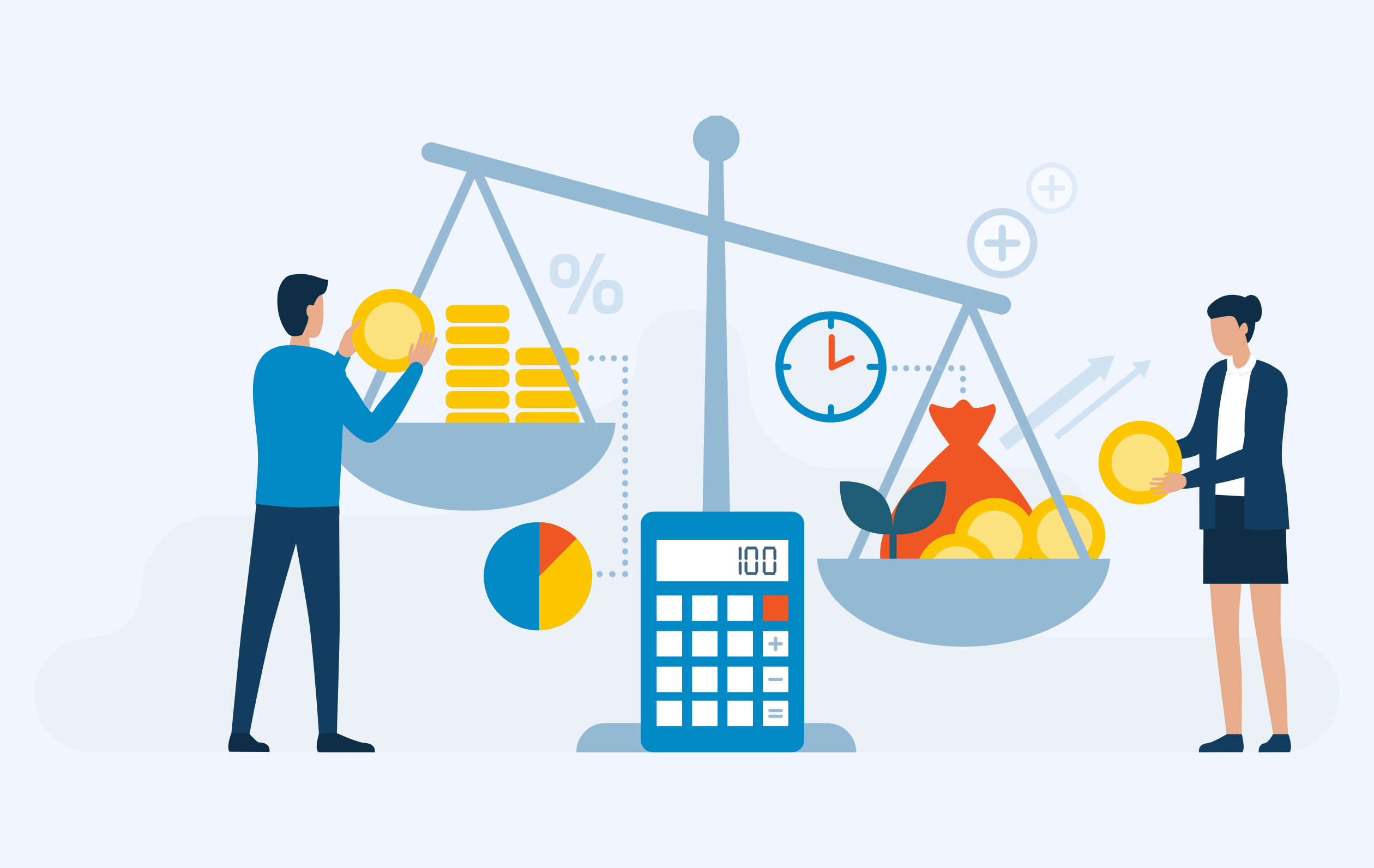
See why top ecommerce brands use Miva’s no-code platform to run
multiple stores, manage massive catalogs, and grow their revenue.
The difference between unavoidable operational costs and revenue-driving investments may be in the eye of the beholder, but thinking of website expenses as potential sales drivers is the key to generating ecommerce ROI. In fact, every aspect of modern ecommerce platforms from checkout design to product merchandising to site speed can contribute to increasing conversions and building long-term revenue growth. In this blog, we’ll define the areas of investment which are the most successful at boosting ecommerce ROI and driving significant revenue growth.
It’s easy to perceive website expenses as day-to-day obligations which act as mere deductions from your profits. However, most ecommerce expenditures can actually function as forward-looking investments which not only keep operations running smoothly today, but are also intended to catalyze growth.
For example, resources devoted to enhancing your website’s user interface, increasing page load speeds, or beefing up customer service processes may seem like regular operational costs, but each of these expenses can produce dividends... A better site UI can attract and retain a loyal customer base, faster page load speeds can directly increase conversions, and strong customer service can lead customers to make more purchases. When we start seeing these as "investments" rather than mere "costs," the resources needed to create great shopping experiences become the building blocks of better ROI.
Not all benefits of ecommerce investments have a clear-cut financial metric—many contribute to the long-term health and prosperity of your business in intangible ways. A more robust brand reputation can heighten customer trust and loyalty, and investing in innovative tools and techniques can give you a competitive edge that enlarge your market share over time. Reputation and innovation may be difficult to quantify on a spreadsheet, but both are still critical drivers of ecommerce ROI. We identified some of the intangible benefits of ecommerce branding successful brand here.
Understanding your ecommerce ROI is not just about tallying profits; it's about gaining actionable insights into the health and effectiveness of your investments. An accurate ROI calculation can provide a detailed snapshot of your investment efficiency, identify areas that need attention or improvement, and reveal potential opportunities for growth. Equipped with this knowledge, you can make better strategic decisions, optimize resource allocation, and steer your business towards maximum profitability. We wrote about elements of profitable websites here.
The most basic formula for calculating ecommerce ROI is simply to divide profits (minus investment) by total investment, and multiply the result by 100. This will give you a rough ROI percentage. Using this formula, average to good ecommerce ROI is generally pegged between 20 and 30%. For a more detailed analysis, many merchants look at customer lifetime value vs investment, as opposed to just examining today’s profits. In this view, the longer term result of investments is considered more important than immediate results. Of course, good ecommerce ROI rates will vary wildly from business to business and product to product. “Hit” products with high profit margins might produce ROI rates upwards of 300-400%. So, it’s notable to look at ROI vs expenses per customer, per product, or per the entire website.
Boosting ecommerce ROI relies upon investing in technology, partners, and processes which have the best potential to deliver results in the future. While cost-cutting is an essential component of overall profitability, it’s helpful to focus on what other benefits an investment can deliver. Ideally, all ecommerce expenses should be purpose-driven to increase revenue. To maximize ROI, consider focusing your investments on these 3 strategic areas:
1. Analyze & Optimize Your Marketing Funnel.
Marketing expenses often comprise a significant segment of an online businesses total operating expense. As the primary tool for acquiring customers, marketing is always a strategic investment. A detailed analysis of your marketing funnel can reveal points where potential customers might be getting lost. Then, investing time and resources in streamlining and optimizing how, where, and how often you market to customers can significantly boost success and is a worthwhile expense. We prepared a thorough guide to ecommerce marketing here.
2. Continually Improve the Customer Experience.
Once you have gained new customers from your marketing efforts, give them every reason to shop at your store. Enhancing the customer experience is a year-round investment that can be constantly refined based on results and feedback. Everything from branding and promotions to account-based shopping and integrated customer service all fall under the category of shopping experience. To this end, the speed, relevance, and effectiveness of your website are tools for driving more conversions, period. (Check out the surprising benefits of ecommerce site speed in this blog.) Whether it’s sprucing up your website’s UI/UX, offering personalized shopping experiences, or ensuring fast transactions and smooth returns, these investments can dramatically improve customer satisfaction and loyalty, driving higher revenue.
3. Use Predictive Analytics to Make Better Investments.
Embracing predictive analytics can provide a crystal ball into future sales trends, customer behaviors, and market dynamics. By integrating data from a CRM, WMS, ERP, or other ecommerce management software, merchants can make more effective decisions about what features or products to invest in next. Investing in systems which wrangle this data is a productive way to leverage opportunities and make every dollar count.
Repositioning ecommerce expenses as strategic investments in future ecommerce ROI can make it easier to decide where to focus your resources. This requires taking a holistic view of the total ecommerce shopping experience as a mechanism for driving revenue and growth. By redefining “costs” as investments, focusing on areas that directly contribute to revenue growth, and using ROI percentage as a guide, your business—and your customers—can get the most out of the resources you spend.


Katy Ellquist, Miva’s Digital Marketing Strategist, is an accomplished writer, marketer, and social media analyst who has created sophisticated content campaigns for a broad range of professional clients. She brings to Miva a complex understanding of ecommerce trends and techniques, building upon extensive digital agency experience and a prior role as direct liaison to Miva’s top accounts. Katy is a regular contributor to the Miva blog, covering essential ecommerce topics like design & development strategy, site optimization, and omnichannel selling, with the goal of increasing the actionable knowledgebase of the entire Miva community.
Love it? Share it!
No worries, download the PDF version now and enjoy your reading later...
Download PDF